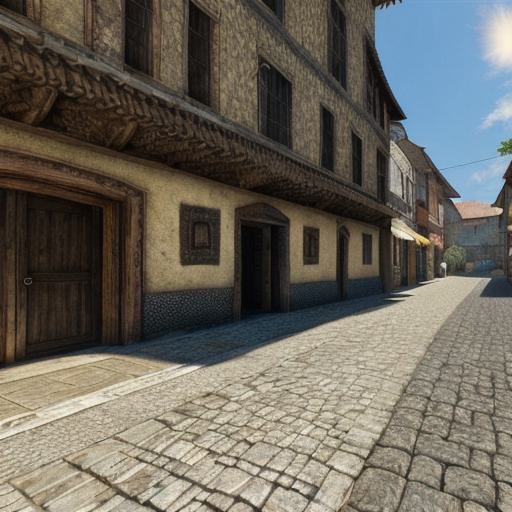1. Identify Your Target Audience and Platform
Understanding your target audience is crucial in creating a successful mobile game. Consider factors such as age, gender, location, interests, and gaming preferences. Choosing the right platform, be it iOS or Android, also plays a significant role. (50 words)
Example: A puzzle game with minimal graphics might attract an older demographic on both platforms, while a high-definition action RPG could target younger gamers on iOS due to its larger screen size and better graphics capabilities.
2. Conceptualize Your Game Idea
Brainstorm ideas for your mobile game, keeping in mind your target audience and chosen platform. Develop a unique selling proposition (USP) that sets your game apart from competitors. (50 words)
Example: A space-themed puzzle game with procedurally generated levels could offer endless replayability, while its vibrant colors and engaging storyline appeal to younger players.

3. Design the Game Mechanics and User Interface
Design the core mechanics of your game, such as controls, levels, and progression systems. Develop a user interface (UI) that is intuitive and easy to navigate. (50 words)
Example: Implementing swipe controls for movement in a side-scrolling platformer, or offering a tutorial at the beginning of the game to teach users the basics.
4. Develop the Game using a Mobile Game Engine
Choose a mobile game engine such as Unity3D, Unreal Engine, or Godot to develop your game. This will handle the game’s logic, graphics, and physics. (50 words)
Example: Using Unity3D for a 2D puzzle game due to its ease of use and extensive library of assets and plugins.
5. Create and Optimize Art Assets and Sound Effects
Design visually appealing art assets that fit your game’s theme, and optimize them for mobile devices. Develop sound effects and background music to enhance the user experience. (50 words)

Example: Creating hand-drawn art for a retro platformer or using realistic textures for a space simulation game.
6. Implement Monetization Strategies
Consider monetization strategies such as in-app purchases, ads, or subscriptions to generate revenue. Ensure that these strategies do not negatively impact the user experience. (50 words)
Example: Offering in-app purchases of new levels or power-ups, but allowing players to progress through the game without them.
7. Test Your Game and Gather Feedback
Test your game on multiple devices and platforms to ensure a consistent user experience. Solicit feedback from beta testers and address any issues promptly. (50 words)
Example: Releasing the game in closed beta, gathering player feedback, and implementing fixes before launching publicly.
8. Market Your Game
Develop a marketing strategy to attract users to your game. Utilize social media, app stores, and targeted advertising campaigns to reach your target audience. (50 words)
Example: Creating engaging trailers, offering incentives for early adopters, and leveraging social media influencers.
9. Launch Your Game and Monitor Performance**
Release your game on the App Store or Google Play Store. Monitor user feedback, downloads, and in-app purchases to gauge performance and address any issues promptly. (50 words)
Example: Regularly updating the game with new content, bug fixes, and improvements based on player feedback.
By following these key steps, you’ll be well on your way to creating a successful mobile game that captivates your target audience.
